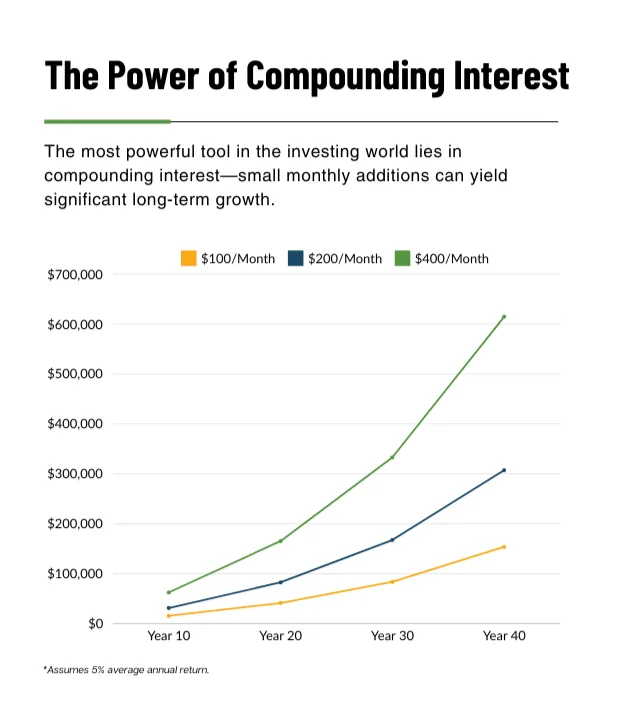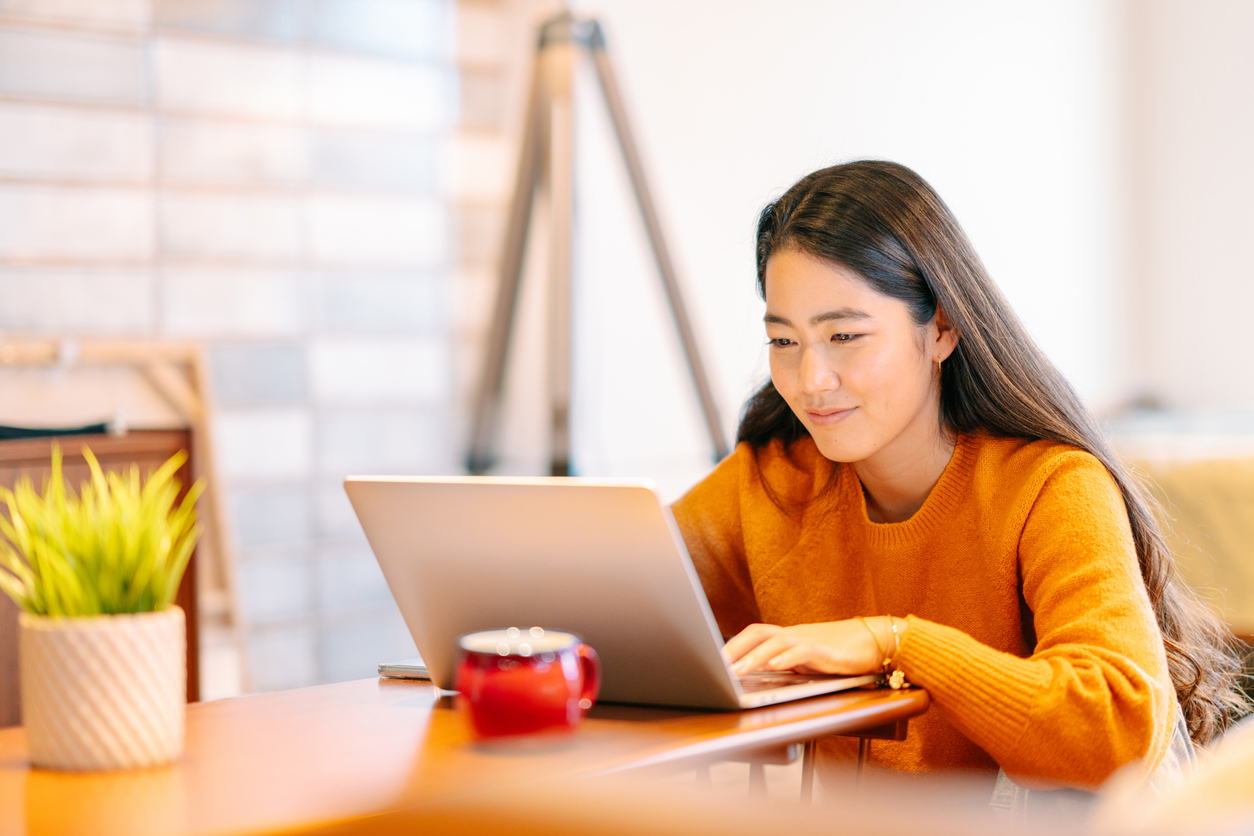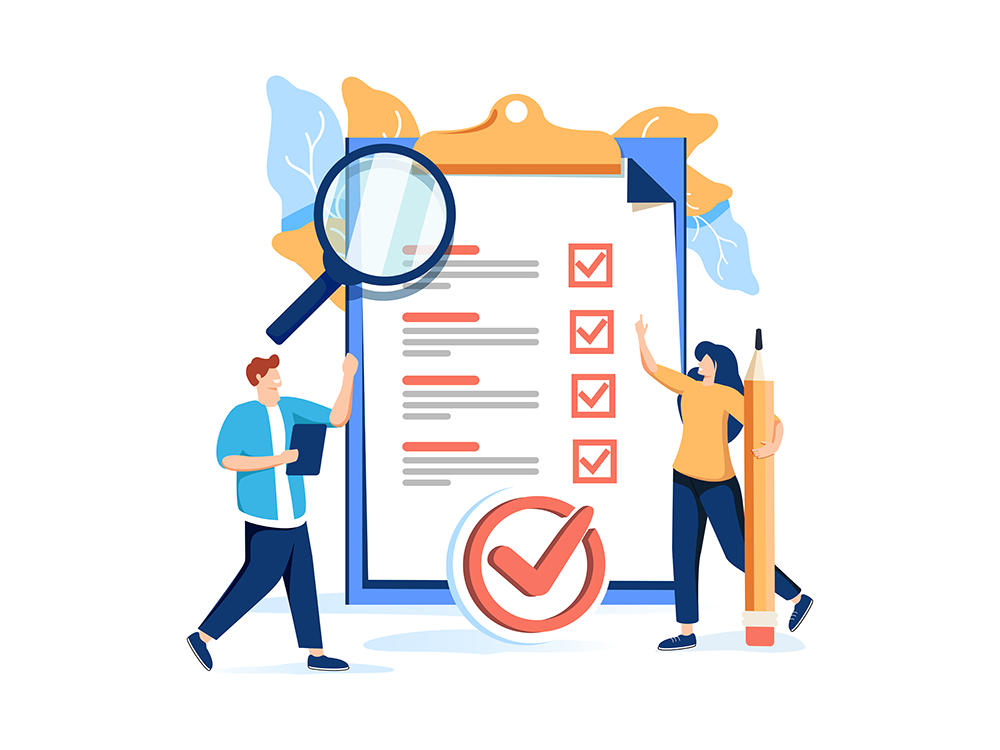Top 5 Questions from Employers When Considering a Group Savings Plan
November is Financial Literacy Month in Canada, and the theme this year is “Talk Money.” The idea is “talking about money with others can provide opportunities to learn new tips and resources, which can increase financial knowledge and confidence and can ultimately lead to better financial decisions.”
When it comes to working with our SMB clients here in Canada, our focus at the Immix Group is on guiding employers in designing, implementing and managing Group Savings Plans that meet their objectives. Most commonly, these goals are to provide an avenue for saving, to supplement this with an employer match, and to support employees in improving their financial literacy and overall ability to meet their retirement savings goals.
Please note that with pensions less common these days, we’re focusing on the plans we see employers implementing: Registered Retirement Savings Plans (RRSPs), Deferred Profit-Sharing Plans (DPSPs) or Tax Free Savings Accounts (TFSAs).
It’s understandable that employers have a lot of questions and concerns, especially as they navigate implementation of a program for the first time. Here are the top questions we get from employers when it comes to their employer-sponsored Group Savings Plans.
1) How much does it cost to set up a Group Savings Program?
The good news is that a Group Savings Program does not come with high administrative fees or annual charges. In most cases, there are no setup fees, and ongoing employer administration is minimal. There can be small one-off costs for certain infrequent situations, and these are often charged to the plan member.
The main cost to the employer is the contribution they choose to make to employees’ investment accounts—if any. Employer contributions are optional, and while plans can be structured as employee-only, participation tends to be higher when the employer contributes even a small amount.
Beyond employer contributions, the primary costs within a Group Savings Program are the Investment Management Fees (IMFs). These are charged by the investment fund managers, not the employer. In simple terms, these fees are deducted from investment returns—for example, if a fund earns 10% and carries a 1% IMF, the member’s net return is 9%.
These fees cover the services of the provider including those required for CAP compliance (more on this later):
- Access to an online platform and mobile app for employees
- Administration and recordkeeping
- Remittance processing and tax slip preparation
- Member education tools and advisory/ customer service support
- Ongoing compliance and reporting requirements
The IMFs for Group Savings Plans are typically lower than the fees charged for similar retail funds, primarily because of the buying power that comes with a higher overall account value under a group platform.
However, employers sometimes wonder why fund fees in a Group Savings Program can be higher than what they see on self-directed online platforms for personal investments. The difference reflects the bundled services and support provided—essentially, you’re not just buying the funds, but the infrastructure that makes the plan simple and compliant for employers to run. As an employee-benefit product, a more robust set of tools is needed.
2) What rules must Employers follow when it comes to their contributions to the Group Savings Plan?
In Canada, employer contributions to a Group RRSP are optional, unlike traditional pension plans where contributions are often mandatory, following a more rigid schedule. A Group RRSP can be entirely employee-funded, making it a flexible, low-cost and low-risk benefit for small and mid-sized businesses.
Many employers choose to contribute to increase the program’s appeal. Contributions can be structured in ways that align with business goals and budget. For example, you can create different employee classes with separate formulas based on:
- Years of service – rewarding loyalty
- Seniority or role – recognizing experience
- Dollar-level matches – uniform contributions for all participants
The most important responsibility for employers when it comes to contributions is administrative: you must deduct employee contributions accurately from payroll and remit them on time. Careful attention ensures compliance and that employees’ investments are properly credited.
In conjunction with a Group RRSP for employee funds, many employers establish a Deferred Profit Sharing Plan (DPSP). DPSPs are employer-funded only. Contributions can be tied to company profits, as the name suggests, or structured under a different schedule, providing flexibility for the employer. Key points:
- Employer discretion: You decide if, when, and how much to contribute.
- Employee contributions not allowed: Only employers may contribute to DPSPs.
- Vesting provisions: Can be included to reward retention, up to 2 years.
An experienced advisor can help design a matching formula that fits your budget and meets goals, whether it’s retaining long-term staff, rewarding senior roles, or attracting talent from competitors.
By combining flexibility with thoughtful contribution design, SMBs can offer a meaningful retirement savings program – competitive with larger employers- with manageable administrative duties.
3) What Responsibilities do Employers have when it comes to reporting, taxes and other compliance concerns?
Group Savings Plans like Group RRSPs and DPSPs are very simple for employers to administer, as the bulk of responsibility falls to the chosen investment provider (Manulife, iA, Canada Life etc). Employees are responsible for managing their RRSP limits and their investment choices.
When it comes to these types of plans, they are considered Capital Accumulator Plans (CAP). In order to be “CAP compliant” certain rules must be followed to ensure the plan is well-governed, investments are appropriate, fees are fair, members are informed, and service providers are monitored. However, most of this is handled by the provider, and this is included in the fees that were described above. Providers manage the operational and compliance aspects, ensuring employees receive proper documentation, education, and statements.
The majority of responsibilities are handled by the provider, including
- Process employee and employer contributions.
- Manage investments and account balances.
- Keep accurate account records.
- Provide statements to employees.
- Issue tax slips directly to members.
- Handle CRA and regulatory filings.
- Offer member education and guidance.
- Maintain plan documents and day-to-day administration.
While providers manage the day-to-day operations, employers are still responsible for a few key administrative and compliance tasks just like any other employee benefit:
- Deducting contributions from payroll – Ensuring the employee’s portion is accurately withheld.
- Remitting contributions to the provider – Sending both employee and employer contributions on time.
- Reporting contributions on T4 slips – Properly reflecting contributions for tax purposes.
- Communicating plan details to employees – Sharing plan rules, updates, and general information.
In short, employers must handle the payroll and basic reporting, just like any other employee benefit. Additionally, employers must periodically review the program to ensure it is still appropriately structured. Working with a knowledgeable advisor is important in ensuring the program runs smoothly and everything is kept up-to-date.
4.) Who chooses the Investment Funds, and is the Employer liable if there are poor returns?
In a Canadian Group RRSP, employees choose their own investments from available options and bear the investment risk. Employers are not liable for market losses, but they can be responsible for errors in contribution handling, mismanagement, or fiduciary breaches. For example, an employer could be at risk if they were continually deducting from staff payroll, but they were not making remittances to the investment provider.
In short, employers are responsible for plan administration and compliance, not for how investments perform. Most disputes involve administrative errors or contribution issues, not investment performance.
Employers often inquire about the “best” provider, referring to the investment performance. It’s worth noting that with most employer Group Retirement Savings Plans, you will see the brand-name investment funds— such as those from Jarislowsky, Trimark or BlackRock — across most major providers (e.g., Manulife, Sun Life, Canada Life, iA). All providers typically offer target-date and target-risk portfolio funds, which can be appropriate and popular choices for those investing via an employer plan.
We always tell employers that when it comes to the selection of funds, once the full investment menu has been determined, they are required to be ‘hands-off’ in that they cannot give investment advice to their employees. Related to this, our role as benefits advisors is to ensure employees have access to the support they need, in their desired format. Employees have different preferences when it comes to obtaining advice, and they have options:
- Support through providers- online articles, videos, quizzes, calculators, live chat online and call centre support to walk through options.
- Support available through qualified (human!) advisors through our office, to support and give advice via phone, email or in-person
A relationship that sets the Immix Group apart is our close partnership with our sister company Ciccone McKay Financial Group. We are able to work directly with licensed, experienced financial advisors and to connect plan members with the right person to help in their unique situation.
5.) What happens to the Employer deposits to a Group Savings Plan, when an Employee leaves the company?
This is one of the most common questions employers ask when considering a Group Savings Program—especially those concerned about contributing to a plan only to have employees leave shortly after. Employers also want to encourage employees to avoid withdrawals while still employed.
In most Canadian Group Retirement Savings Programs, the Group RRSP is the primary vehicle. This operates much like an individual RRSP, but sponsored by the employer and bundled under a group benefit structure. Employees own the investments from day one, including any employer contributions within a RRSP. When an employee leaves, the funds remain theirs—they can either keep the funds with the existing provider (detached from the group plan) or transfer them to a personal RRSP. Employers cannot reclaim contributions once deposited.
Employees can withdraw funds, however, just like with any RRSP, withholding tax would apply, and the funds withdrawn would be taxed as income.
The Deferred Profit Sharing Plan (DPSP), however, is different. Only employers can contribute to a DPSP, and vesting provisions can be included. If vesting is in place, employees do not immediately own employer contributions—ownership depends on the vesting schedule you set (up to two years is permitted). If an employee leaves before vesting, the unvested portion is forfeited, which can help manage turnover costs. Once vested, funds can be transferred to the employee’s RRSP.
Employers who want to encourage retention and grow the assets within the group plan have several tools available:
- Waiting periods before employees become eligible for employer contributions (e.g., after 3–6 months).
- Vesting schedules to reward long-term tenure.
- Stepped matching formulas, to provide greater employer contributions as tenure increases.
- Withdrawal repercussions, such as temporarily suspending employer matches after early withdrawals.
- In-service withdrawal restrictions (i.e. employees are not permitted to withdraw while employed, or require permission).
These measures make Group Savings Programs both a meaningful employee benefit and a strategic retention tool—allowing employers to support financial wellness while protecting their investment in staff.
A success story: a well-designed Group Savings Program results in loyalty, while attracting high performers.
A thoughtful Group Savings Program can foster employee loyalty while attracting top talent. One of our clients, a mid-sized firm, had previously run a bonus program that rewarded employees based on company profits—but these payouts were taxed as regular salary. To better support their team and optimize the tax impact, we helped them implement a combined RRSP-DPSP plan.
The goals were clear: encourage long-term retention and help employees invest for the future in a tax-efficient way. Instead of paying bonuses as salary, contributions were directed into the DPSP, allowing employees to grow retirement savings in a tax-optimized way. To further reward tenure, the company introduced a stepped “years-of-service” matching formula: additional employer contributions to the DPSP were tied to employee contributions to the RRSP, creating an incentive for ongoing participation.
Within a few years, the program’s impact was tangible. Assets under management grew significantly, employees were building meaningful retirement savings, and the firm gained recognition for offering exceptional benefits—helping secure and retain several key staff members. In addition, engagement and financial confidence have increased thanks to the educational tools and personalized support.
Supporting Employee Financial Wellness Through Smarter Group Savings Plans
As Canada marks Financial Literacy Month, it’s an ideal time for employers to consider how benefits can support employees’ financial wellness. It’s an often-cited fact that, compared to other developed countries, Canadians carry a high level of personal debt—owing about $1.71 for every dollar they earn. So it’s not surprising that 44% of Canadians state that ‘money’ is their number one source of stress.
Financial stress affects performance, engagement, and overall wellbeing. As we have written, a thoughtfully designed Group Savings Plan—such as a Group RRSP, DPSP, or TFSA—can help employees feel more in control of their finances, while enhancing retention and loyalty for employers. These programs are flexible and cost-effective, with optional employer contributions and easy administration.
At the Immix Group, we help employers design Group Savings Plans that fit their goals and budgets—while connecting employees with financial education, planning tools, and licensed advisors who can guide them toward lasting financial confidence.
Financial Literacy Month: take an easy first step.
Exploring Group RRSP/TFSA/DPSP? We’re happy to walk through options, setup considerations, and communications—at your pace.
Key Takeaways:
- Group Savings Plans are affordable and easy to manage.
Most plans have no setup costs and low ongoing fees. The main employer expense is any optional contribution to employee accounts. Providers handle most of the administration and compliance. - Employers have flexibility in how they contribute.
Contributions can be structured based on years of service, role, or set matching amounts. Employers can also choose whether to contribute at all, making these plans adaptable to different budgets. - Providers handle most of the heavy lifting.
Investment providers take care of tax slips, reporting, and regulatory compliance. Employers mainly need to deduct and remit contributions correctly and keep employees informed about plan details. - Employees manage their own investments.
Employees choose where to invest their money from a pre-set menu of options and take on the investment risk. Employers aren’t responsible for investment performance, only for ensuring contributions and payroll deductions are handled properly. - Plans support retention and employee financial health.
Group Savings Plans help employees build retirement savings and reduce financial stress, while features like vesting schedules and matching formulas reward loyalty and help retain talent.
FAQ
- What’s the difference between a Group RRSP and a DPSP?
A Group RRSP can include both employee and employer contributions, and employees own their savings immediately. A Deferred Profit Sharing Plan (DPSP) is funded only by the employer and can include a vesting period—meaning employees may need to stay with the company for up to two years to keep those contributions. - Are employers required to contribute to a Group Savings Plan?
No. Employer contributions are completely optional. While businesses start with employee-only plans and later add matching contributions to boost participation and retention, most employers provide some level of contribution. - What happens to an employee’s account when they leave the company?
Employees keep all money in their Group RRSP and can transfer it to a personal RRSP or leave it with the provider, separated from the group plan. For DPSPs, unvested employer contributions can be forfeited if the employee leaves before the vesting period ends. Vested DPSP amounts can be transferred to a RRSP. - How can Group Savings Plans help improve employee financial wellness?
By offering structured ways to save, employer matches, and access to financial education tools and advisors, these plans help employees feel more in control of their finances—reducing stress and improving engagement at work.
Read more:
Key RRSP Tips for Employees at Each Career Stage – Latest News from Immix Group
Three Reasons to Implement a Group Savings Plan – Latest News from Immix Group

Lindsay Byrka, CFP® BA, BEd
Vice President, Immix Group: An Employee Benefits Company
A Suite 450 – 888 Dunsmuir St. Vancouver V6C 3K4
O 604-688-5262
Latest Insights
Your One-Stop Guide: Exploring Key Themes in Employee Benefits
A Guide to Immix Insights Articles Are you wondering what we’ve been writing about? Perhaps you haven’t had time to read the articles, but you’re hoping to gain some information



























